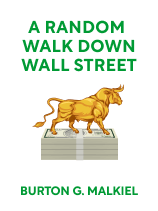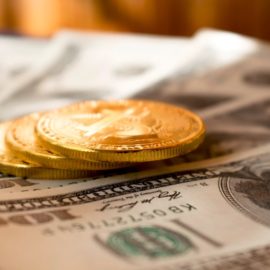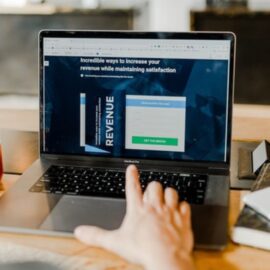

This article is an excerpt from the Shortform book guide to "A Random Walk Down Wall Street" by Burton G. Malkiel. Shortform has the world's best summaries and analyses of books you should be reading.
Like this article? Sign up for a free trial here .
What is the best way to calculate bond return? What simple method can help you do this?
Determining returns on bonds held to maturity is an easier task than calculating returns for stocks. Use this simple method to calculate return on bonds, bearing in mind the potential effects of inflation.
Find out how to calculate bond return below.
How to Calculate Bond Return
Here’s an easy method you can use to calculate bond return:
- To calculate bond return for zero-coupon bonds—assuming the issuer doesn’t default—the return will equal the difference between the purchase price and the face value of the bond (the face value is what you’ll be paid at maturity).
- To calculate bond return for a coupon-paying bond, the initial yield of the bond provides a good, if not exact, indication of the return. (The reason this measure isn’t exact is that coupon payments may be reinvested at different interest rates from the initial purchase.)
When bonds aren’t held until maturity, determining returns can be a little more difficult. The key factor in this scenario is interest rates. If interest rates rise after you’ve purchased the bond, the price of your bond will likely fall (because demand will be higher for newly issued bonds with higher coupon payments). If interest rates fall, the price of your bond will increase (because demand will be higher for your bond than for new issues at the lower rates). To earn the best return on a bond sold before maturity, interest rates will have to have fallen.
Inflation is another factor that can affect bond returns. If there’s a rise in inflation, your bond returns will suffer. This is because inflation hits bond holders twice: Once, because it reduces the real value (purchasing power) of your coupon payments; and a second time, because interest rates will rise to provide competitive returns to new bond shoppers, causing your bond—which you bought before the rise in inflation—to drop in price.
(Stocks are considered an inflation hedge, because, the theory goes, their earnings and dividends rise in concert with prices.)
Burton Malkiel’s Predictions
Burton Malkiel’s predictions for long-run returns in the years to come are based on the determinants as they stood in mid-to-late 2018. As noted above, initial yields on bonds are a good measure of the long-run returns on those bonds.
Initial yields on investment-grade corporate bonds are 4.5%, while yields on 10-year Treasuries are 3%. If the inflation rate holds at 2% or lower, investors can expect to see a positive though humble return. (Of course, if interest rates and/or inflation rise, that modest return could disappear.)

———End of Preview———
Like what you just read? Read the rest of the world's best book summary and analysis of Burton G. Malkiel's "A Random Walk Down Wall Street" at Shortform .
Here's what you'll find in our full A Random Walk Down Wall Street summary :
- A comprehensive and entertaining introduction to the world of finance
- Practical investment principles that work for every skill level
- The advantages of index investing






